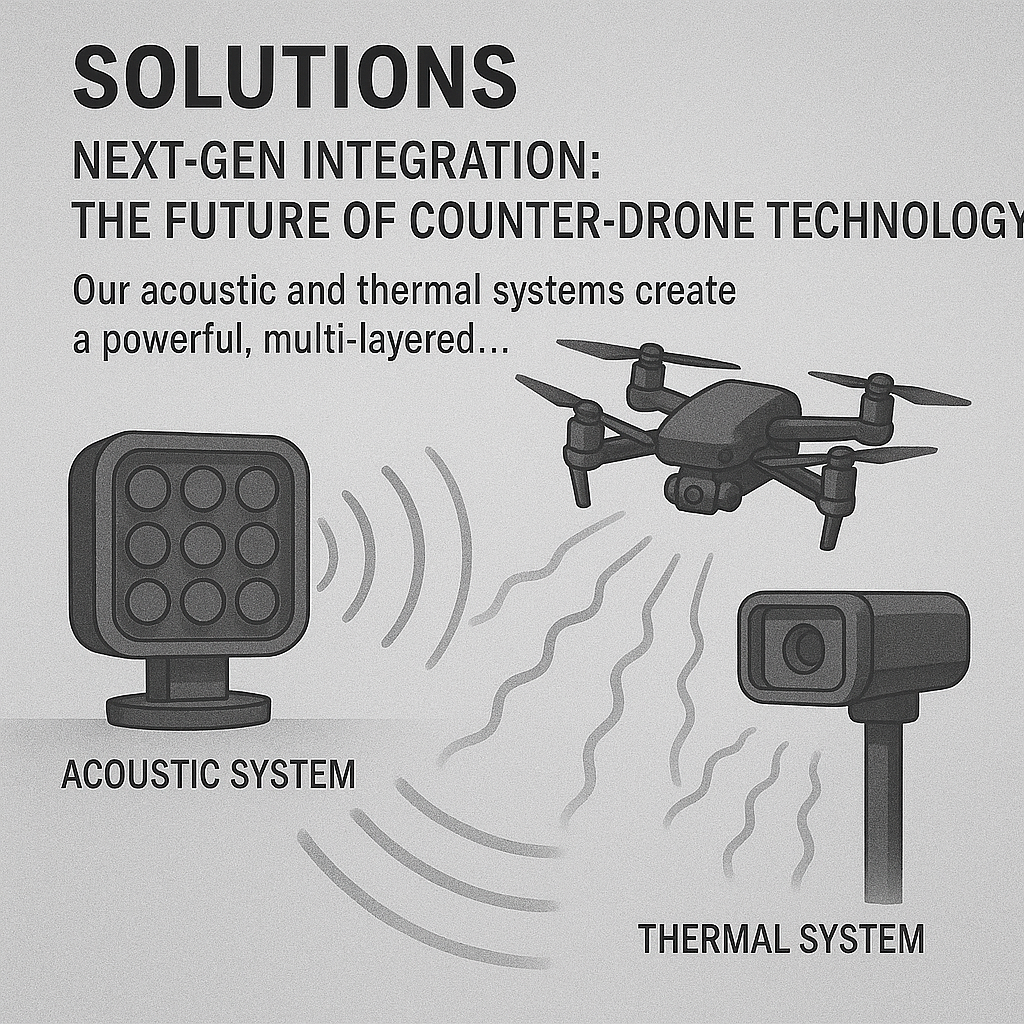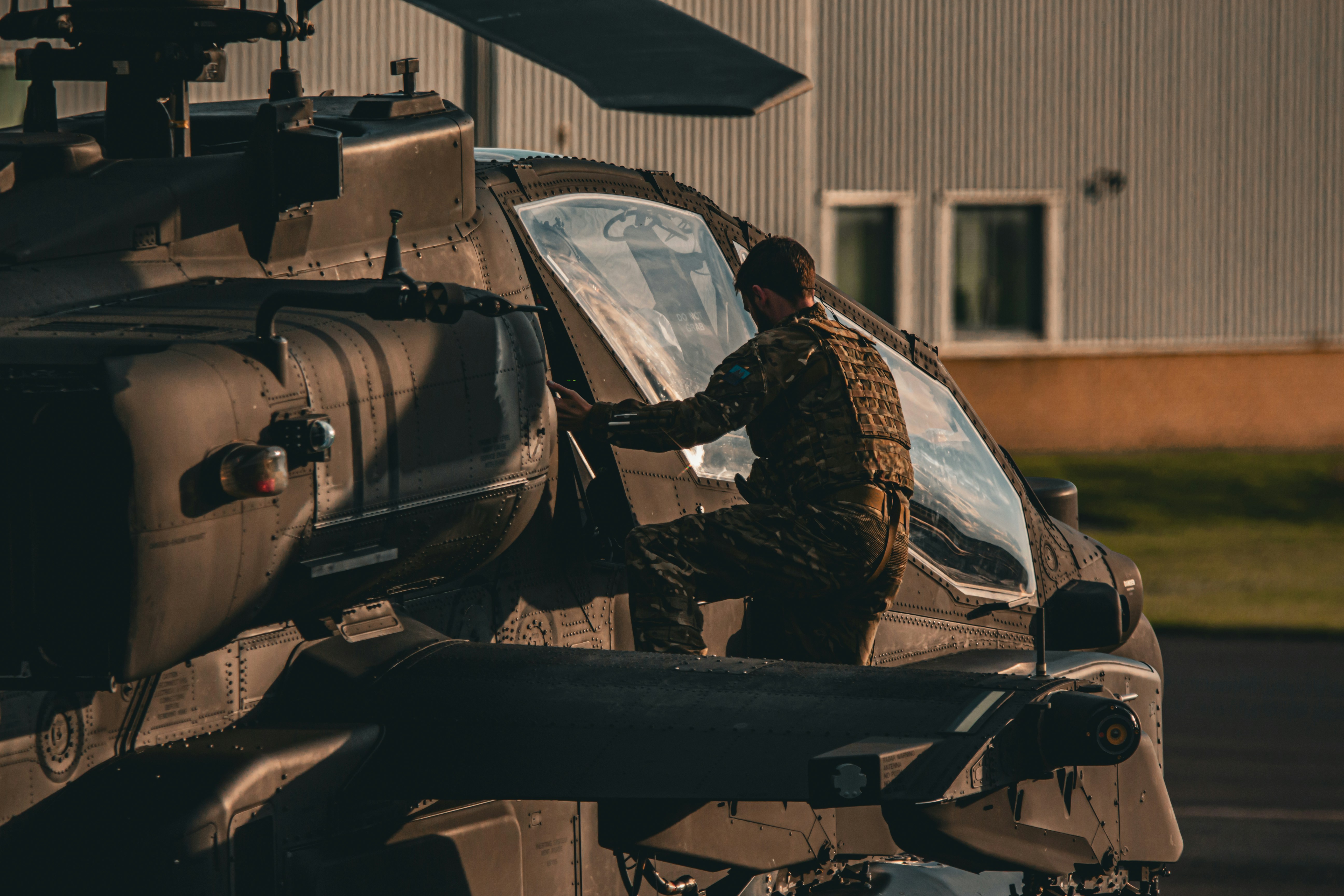
As drone threats become increasingly sophisticated, single-sensor detection systems prove insufficient for comprehensive airspace security. Multi-sensor fusion technology combines RF detection, acoustic analysis, and AI-powered classification to create robust, reliable protection against modern aerial threats.
The Technology Stack
Modern anti-drone systems integrate three core detection technologies, each contributing unique capabilities:
1. RF Detection & Analysis
Advanced radio frequency monitoring systems detect drone communication signals and controller transmissions with precision tracking capabilities.
- Detection Range: Up to 10 kilometers for most drone types
- Signal Intelligence: Communication protocol identification
- Pilot Location: Triangulation of controller position
- Real-time Analysis: Sub-second threat classification
2. Acoustic Detection System
Proprietary acoustic signature analysis identifies drones by their unique sound patterns and motor characteristics, excelling at detecting stealth platforms.

- Detection Range: 2-3 kilometers for small drones
- Stealth Detection: Identifies RF-silent platforms
- Environmental Filtering: Advanced noise cancellation
- Passive Operation: Completely covert detection
3. AI-Powered Threat Classification
Machine learning algorithms provide intelligent threat assessment, false positive reduction, and automated response coordination.
- Real-time Correlation: Sub-second fusion of multi-sensor data
- Behavioral Analysis: Flight pattern recognition and prediction
- Adaptive Learning: Continuous improvement from operational feedback
- Threat Assessment: Automated classification and priority scoring
"The power of multi-sensor fusion lies in intelligent combination of complementary detection methods that eliminate blind spots and provide redundant confirmation of threats."
Operational Advantages
Multi-sensor systems provide significant advantages over single-modality platforms:

Enhanced Detection Reliability
Combining multiple detection methods achieves 99.2% detection accuracy while maintaining false alarm rates below 0.8%. This reliability is crucial for military and critical infrastructure applications.
Comprehensive Threat Coverage
The combination of RF monitoring, acoustic signatures, and AI classification enables detection of autonomous drones, stealth platforms, and swarm attacks that single-sensor systems miss.
Redundant Operation
If one sensor is compromised by weather, jamming, or technical failure, remaining sensors continue providing coverage, ensuring continuous protection.
Real-World Applications
Multi-sensor fusion systems are deployed across critical security environments:
Critical Infrastructure Protection
Airports, power plants, and government facilities utilize integrated detection for comprehensive perimeter security and automated threat response.
Military & Defense Operations
Forward operating bases and military installations deploy multi-sensor platforms for tactical drone defense and electronic warfare integration.
Border Security Operations
Large-scale perimeter monitoring systems detect unauthorized drone activities and smuggling operations across vast border areas.
Future Technology Integration
Next-generation systems will incorporate advanced capabilities:
- Edge Computing: Distributed processing for reduced latency
- Automated Countermeasures: Integrated neutralization systems
- Network Integration: Multi-site coordination and intelligence sharing
- Predictive Analytics: Threat forecasting and pattern recognition
Conclusion
Multi-sensor fusion represents the current state-of-the-art in anti-drone defense. By combining RF detection, acoustic analysis, and AI classification, these systems provide comprehensive protection against the full spectrum of aerial threats.
As drone technology advances, integrated detection platforms ensure defensive capabilities remain ahead of emerging threats, providing the foundation for next-generation airspace security.